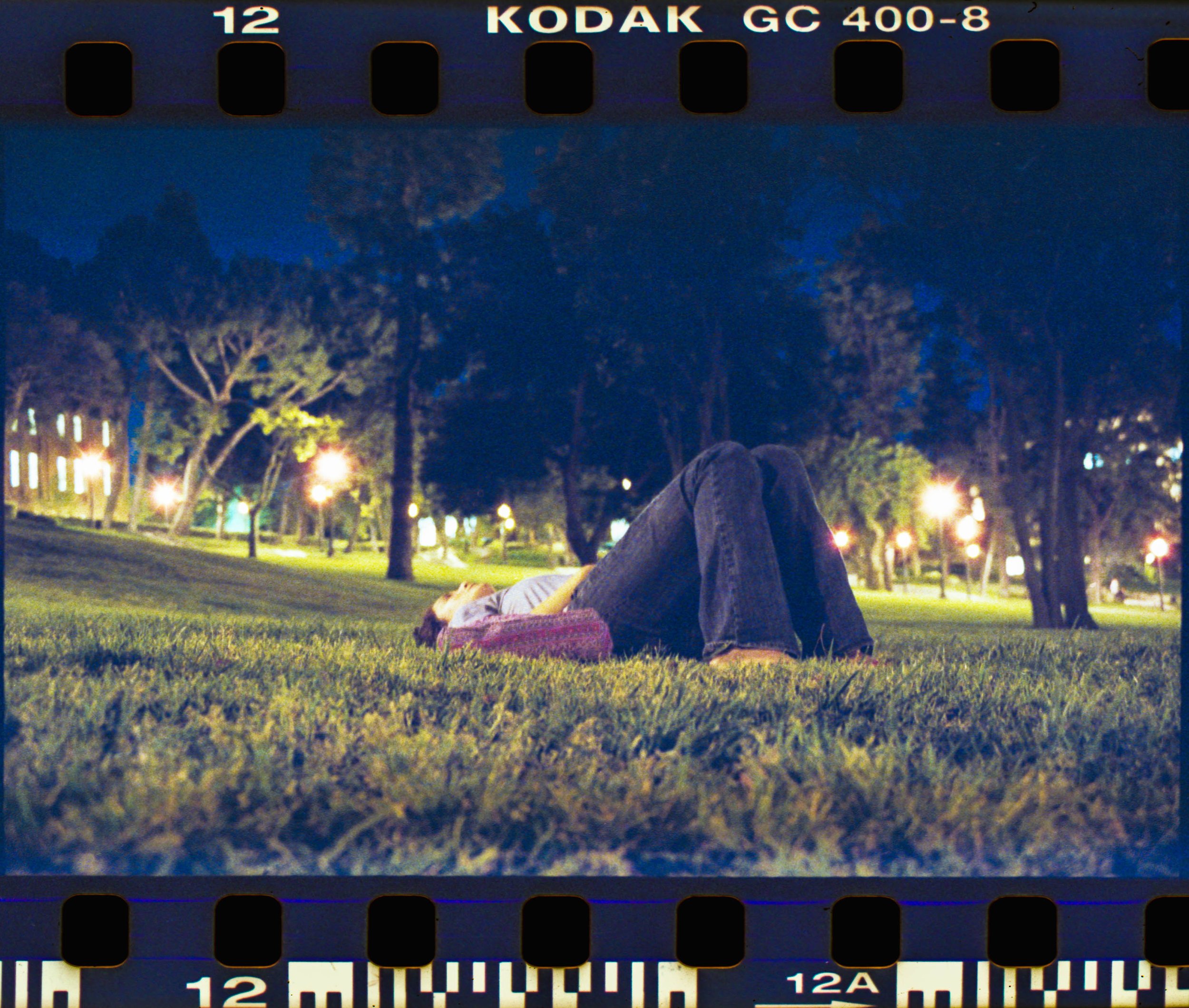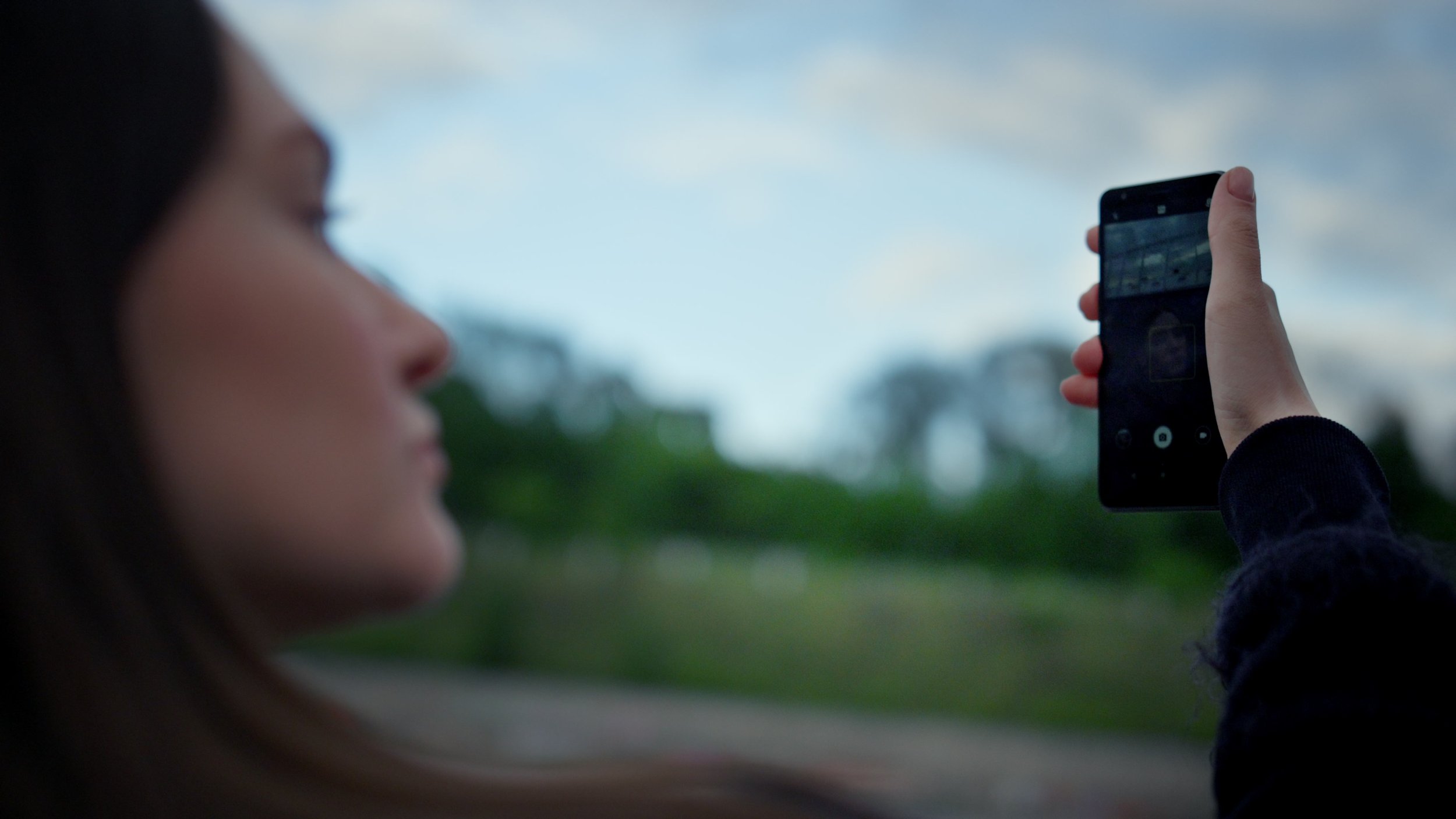Art + Science
Writing at the Intersection of Art and Science

Nostalgia and the Collapse of Imagination
Photography emphasizes nostalgia to visualize and understand a future that we cannot—or try not—to imagine. The ever-increasing use of retro nostalgia within the space of photo-sharing may collapse the ability to imagine a coherent future by altering the region of the brain that forms autobiographical memories.

Philosophy of the Selfie
The selfie may be only pixel deep, but it is a way for us to preserve our sense of self. Selfies are, in a way, their own mirrors: they show our image for the world to see as we want to be seen, and they safeguard against the fear of losing control of our minds and lives.
Photography and the Feelings of Others: From Mirroring Emotions to the Theory of Mind
Our ability to identify with and imagine someone else’s point of view is deeply ingrained into the architecture of our brain. Photography plays a unique role in triggering the network of brain regions that underlie empathy. To understand how photographs activate the aforementioned brain network, it’s first necessary to deconstruct emotional processing into simpler components. In this article I’ll describe the brain regions that support one of the most fundamental social skills that humans have: that of imitation.
How Artificial Intelligence Reconstructs Our Minds and Lives Using Our Photos
AI software analyzes digital images to reconstruct and map out the architecture of the brain. I will also show how the same software uses digital photos from social media sites to stitch together 3D models of entire cities. I will end by showing how this very type of AI analysis is used to reconstruct an individual’s personal information as a way of predicting human behavior.
